Birdwatching, or birding, is a lifelong activity that you can participate in no matter where you are. It’s a great way to get out in nature and connect with your surroundings. There’s also a huge community of birders ready to welcome newcomers into the pastime. Are you interested in picking up the binoculars and going birding? Check out these beginner tips for birdwatching in the Northeast.
Getting Started
You don’t need a lot to get started on your birding journey – just a pair of binoculars and a good field guide.
The Best Birdwatching Binoculars for Beginners
Top-of-the-line birding binoculars can cost up to $3,000, but there’s no reason to get those right out of the gate. The National Audubon Society recommends the Athlon Neos 8 x 42 as a good, low-cost pair of beginner binoculars. If that’s still out of your price range at the moment, try the more affordable Celestron Outland X 8 x 42 binoculars or even the ultra-compact SkyGenius 8 x 21 Lightweight binoculars. As long as you have something that lets you see the birds from afar, you’re ready to start birding.
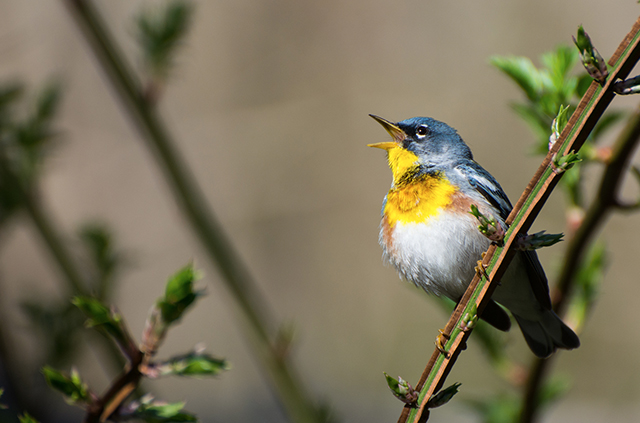
Birding Field Guides
Every birdwatcher needs a field guide; it’s an especially invaluable tool for beginners. A field guide will help you identify birds via illustrations or photos, range maps of where you can find them, species information and more.
If you don’t want to carry around a book and prefer a digital experience that’s easily searchable, you could try using field guide apps for your smartphone, like Sibley Birds v2, Audubon Bird Guide and Merlin Bird ID. But you have to make sure you’re not draining your phone battery or losing service while you’re out birding.
Some birders, however, might want to get out into nature precisely to escape their phone. If this is the case and you’d rather stick to physical field guides, you’re in luck. The birding world is full of amazing resources, and many field guides have special editions that are specific to your area. Birdwatchers in the Northeast have a lot of guides to choose from. Here are just some great guides to get you started.
“The Sibley Field Guide to Birds of Eastern North America” is a fantastic guide for beginners and seasoned birders alike, featuring 650 bird species and thousands of painstakingly accurate illustrations by David Allen Sibley. Sibley’s illustrations and descriptions are sure to help you identify any bird in the region you may come across.
“The American Museum of Natural History: Pocket Birds of North America, Eastern Region,” which covers over 350 species, uses high-quality photographs in their compact, easy-to-carry guide.
“The New Stokes Field Guide to Birds: Eastern Region” is another great photography-based guide for birdwatchers, featuring 545 species and over 2,000 photos.
Looking for something that’s stood the test of time? The most recent edition of the “Peterson Field Guide To Birds Of Eastern and Central North America,” based on the original field guide by Roger Tory Peterson, features captivating, accurate illustrations of the region’s birds and instructions on how you can use field marks to identify them.
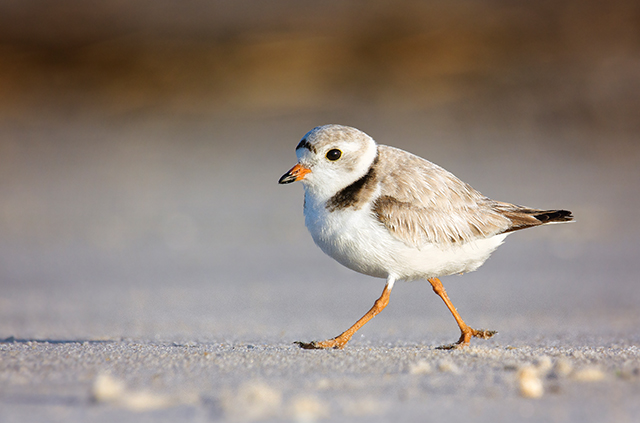
Tracking Your Birds
When you see a new bird, it’s time to tick it off your lifetime list. Most birders keep track of all the birds they’ve seen since they started birding. Checking new finds off the list becomes part of the fun. You might want to get a field notebook for tracking all of your sightings. The Letterfolk Bird Passport Journal is a pocket-sized field journal with space to log facts about the birds you’ve seen, a “bird bucket list” and a place for your own photos or illustrations. The Sibley Birder’s Life List and Field Diary is a field journal featuring space to record your sightings of 923 species in the continental United States and Canada, a checklist for recording how many times you’ve seen them and a lifetime list of all birds.
If you want to go digital for your bird list, there’s no better site than eBird. This collaboration between the Cornell Lab of Ornithology and the National Audubon Society allows users to comprehensively track their bird sightings, share information, find birding hotspots and connect with other birders. It’s an extremely popular website in the birding community and is sure to help any beginner birder. Plus, it’s free.
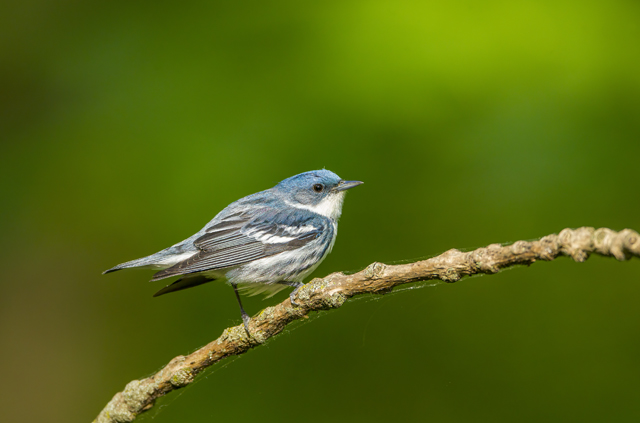
The Best Birdwatching Near You
There are many places to find birds in the Northeast. You can probably spot some in your backyard or at your local park. But if you want to find birds in the field, there are tons of great places to go birdwatching near you.
Headed to the beach? Cape Cod National Seashore is the perfect place to find shorebirds like piping plovers, American oystercatchers, whimbrels and more. Over 330 species of birds have been recorded at Fire Island National Seashore, and there’s even a raptor-viewing platform near the Fire Island Lighthouse. The Boston Harbor Islands are a hotspot for migrating birds and nesting shorebirds. Rhode Island’s Block Island is also a favorite of migratory birds in the fall.
Sometimes you can find birds at historic sites. Sagamore Hill, Theodore Roosevelt’s “Summer White House,” is home to 119 species of birds. Roosevelt was a birder himself. Valley Forge National Historical Park provides a comprehensive list of the birds that can be spotted there, including the season they appear and how rare or abundant they are in the park.
Another great way to see birds is to hit the trail. The Lake Champlain Birding Trail in New York and Vermont features 88 birding sites along the lake. Along the Maine Birding Trail, you can see puffin colonies at Acadia National Park and Baxter State Park. On the New Jersey Birding Trails, you can hit beloved birding hotspot Cape May, the Meadowlands, the mysterious Pine Barrens and more.
You’ll never run out of places to go birdwatching in the Northeast. Over 260 different species have been found at the Delaware Water Gap, including bald eagles, golden eagles, cerulean warblers and scarlet tanagers. Niagara Falls is an amazing place to spot gulls, as 100,000 gulls fill the skies over the Niagara River in the fall and winter. Birders even love New York City’s Central Park. Can’t get enough? You can find even more hotspots near you by searching for your region on eBird.
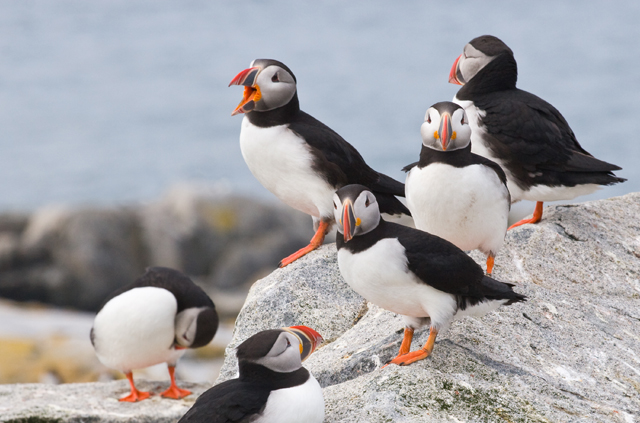
Birding Responsibly
One of the most important things to remember while you’re birding is that you’re there to observe birds, not to disturb them. If you’re birdwatching in a nature preserve or forest, stay on the path so you don’t trample any important vegetation or frighten the wildlife. It’s always best to keep a respectful distance from the birds, especially when they’re nesting. This is why binoculars are so important. If you want to take photos of the birds, it can be helpful to bring a zoom lens so that you can let them have their space while still getting your shot.
Definitely don’t feed birds any human food, and make sure you don’t leave any food or trash behind. Even if you have birdseed, check the local regulations before using it. In places like national parks, it’s illegal to feed the birds at all, and many states have laws against feeding wildlife on public land.
Remember to be quiet! It’s true that loud noise can disturb birds, but it can also scare them away. If you want to see as many birds as possible (and as responsibly as possible) keep the volume to a minimum. The other birders in the area will thank you as well.
Birdwatching is a wonderful hobby that people of all ages can participate in, and there’s no time like the present to start your birding journey. Get out there and start finding some feathered friends!
Have you ever gone birdwatching before? Are you a birder yourself? Let us know in the comments below.
This article has been updated and republished from a previous version.
12 Thoughts on “Birdwatching in the Northeast”
Leave A Comment
Comments are subject to moderation and may or may not be published at the editor’s discretion. Only comments that are relevant to the article and add value to the Your AAA community will be considered. Comments may be edited for clarity and length.

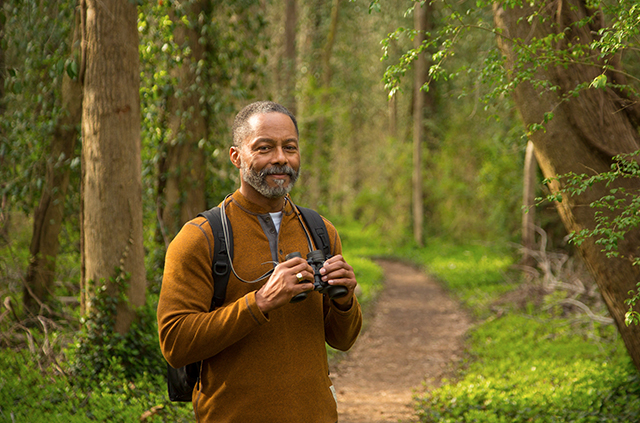




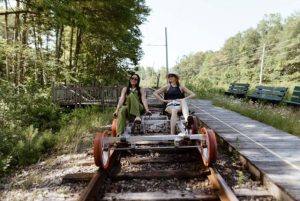








Not to be forgotten is the Museum of the Hudson Highlands Outdoor Discovery Center (locally known as Kenridge Farm) in Cornwall, NY in the mid-Hudson Valley. It’s the perfect blend of habitats — wetland, grassland, forest and margins galore, all in a compact, walkable area. One morning in mid-May the local birding club, Edgar Mearns, spotted over 80 species.
If you want to get into birding I would suggest that you download Merlin, walk to the nearest group of trees, and push “Sound ID”. You will be amazed at how many kinds of birds are around. Just stop, look, and listen. And this time of year look for baby birds. They are everywhere once you start looking for nests, or birds feeding or following birds, or birds fluttering their wings with their mouths open and squawking.
I can’t believe you left out Central park in New York City! It is certainly one of e-Birds most popular Hotspots. The extensive park trails make the birds quite accessible and all the local birders are extremely friendly and helpful.
No one will see puffins at Baxter State Park. Puffins live at the ocean, often on islands, not inland at locations like Baxter State Park. Baxter will yield eagles and moose, but not puffins!
It can not be stressed enough, to observe birds you must sit still in silence for a long time and wait, until they do not perceive you as a threat and go about their normal activity.
You can also find local bird walks at your local Audubon, at nature centers and land trusts as well as local bird clubs. I find that people learn better when they bird with a more experienced birder. I also use e-bird to find local hot-spots when I travel to new areas.
For those in Central Mass the Birdstore and More in Sturbridge has started it’s birding walks – https://www.thebirdstoreandmore.com/module/events.htm?pageComponentId=5271071&month=3&year=2023
Your local bird clubs are a great resource! Learn more about local areas and meet folks who share your interest and have local knowledge!
East Rock Park on the Hamden- New Haven line is one of the greatest places in the Northeast for Finch migration.
Great community of birders , from friendly experts generous with their knowledge to those just getting started.
LUBEC, MAINE AND CAMPOBELLO ISLAND, NEW BRUNSWICK CANADA….every year, birders appear and stay for days, great take!
No mention of Quabbin Reservor or anywhere else in western MA? There’s more to MA than Boston.
No mention of Jamaica Bay Wildlife Reserve nor Central Park??? Two of the top birding areas in any city, anywhere in the world!!!